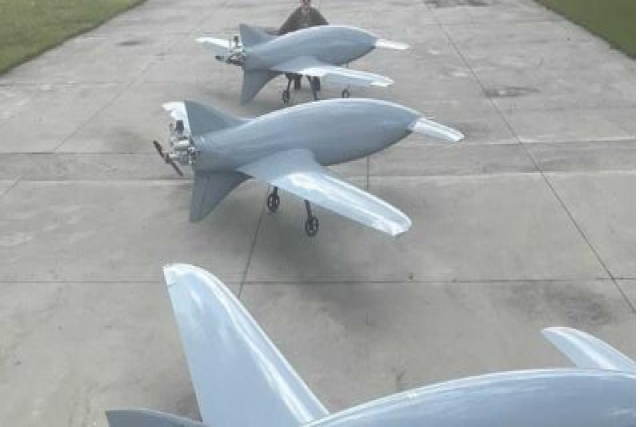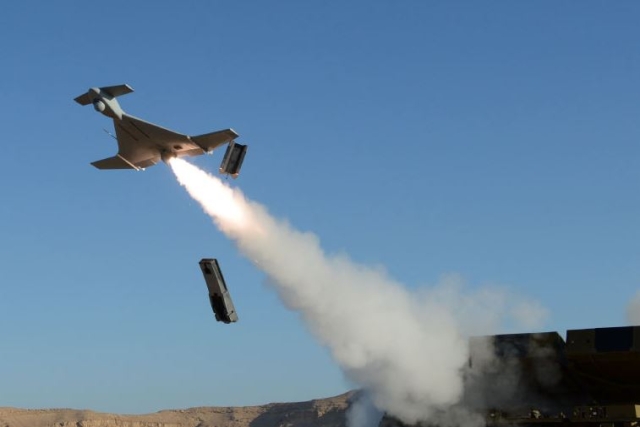Ukrainian Volunteers Show off Drones that Attacked Moscow

Ukrainian forces have been attacking Moscow with long-range kamikaze drones to make up for the lack of long-range weapons.
Two of these indigenously-made drones were recently revealed by volunteers who have been crowdfunding their purchase.
A video showing volunteer Serhiy Prytula demonstrating the previously unseen Ukraine-made drone has been circulating on social media. He called it the “Bober.”
“We have no idea what could have been flying to Moscow! But we assure you that all of you who donated for revenge are definitely not involved here,” Prytula said.
He said one of Bober (Ukrainian word for “Beaver”) drones could have been used to attack Russian targets, including the 10th floor of the IQ-Kvartal office building complex, on June 30. The latter is home to offices of the Ministry of Digital Development, Communications, and Mass Media. A similar attack on Moscow took place on June 24 that reportedly left one of GS Main Directorate facilities damaged.
In addition, on May 30, a mass attack on the capital of the enemy took place with the participation of Beaver drones. According to the Russians, at that time, about 25 UAVs flew to Moscow.
In his Instagram, Serhiy Prytula noted that the cost of one drone is about UAH 4 million ($108,000).
Lachenkov and his million followers on Telegram were able to raise UAH 200 million to buy 50 such drones.
Beaver is comparable to Iranian-made Shahed drones in terms of weight and size, but has slightly larger wingspan. It looks to have a relatively small petrol engine.
The drone is believed to have a range of around 1,000km and endurance of over six hours.
The drone is built according to the “duck” aerodynamic scheme, which provides effective pitch control (up and down) without loss of lifting power for balancing.
Such a layout can help the drone to effectively change its altitude to pass air defense zones or to change the target.
Russians were recently preparing to counter drones during the naval parade in St. Petersburg, which is located 860km from the Ukrainian borders.
The drone has a push design featuring a small second wingspan (canard) at the nose of the drone, and a propeller at the back instead of the front. This type of design could be more amenable for better sensor packages because nothing is obstructing the view from the sensor. It also reduces drag.













